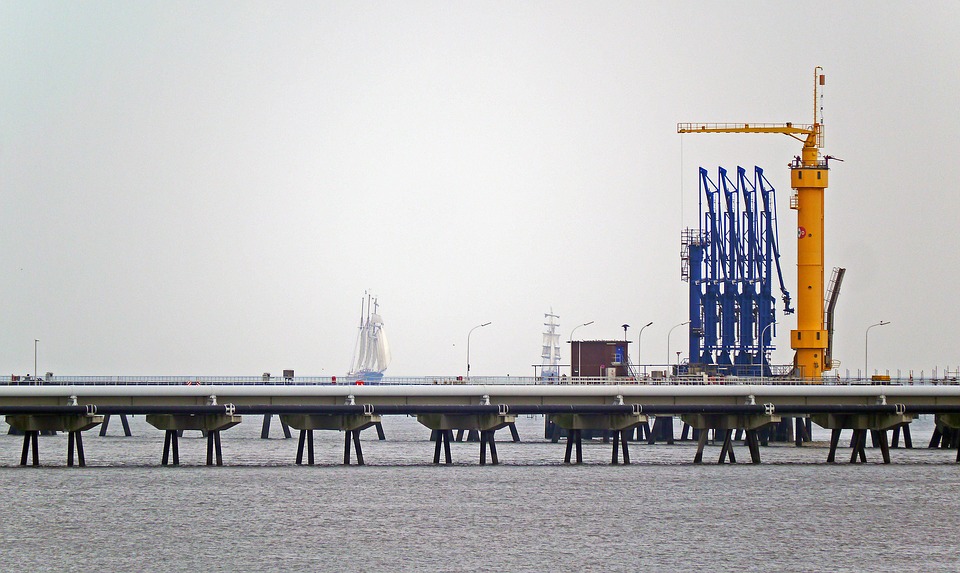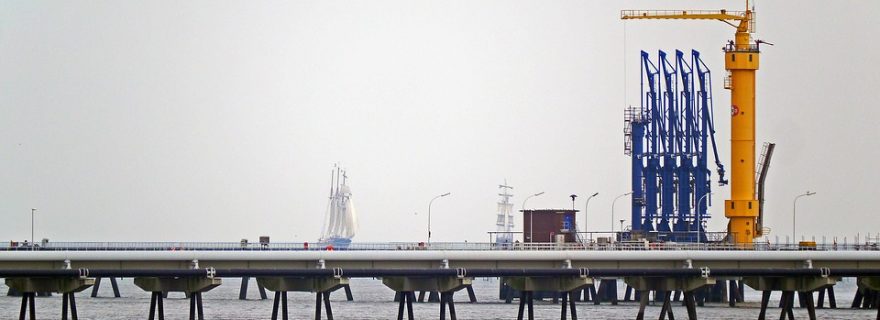I've looked at oil from both sides now, from supply-demand and still somehow, the glut illusion I still recall, they really don't know oil at all. Both Brent and West Texas Intermediate reached new highs in the oil “supercycle” achieving highs that we have not seen since OPEC started the oil production war Thanksgiving 2014.

While the focus quite obviously has been on the supply side of the equation, you must look at both sides now. Watch demand and rising oil demand expectations. Sure, Iran sanctions are a big part of what's going on with the supply side but the Trump trade deal with Mexico and Canada as well as some rock-solid manufacturing data in the US rocking the demand side. The ISM said its purchasing managers index fell to 59.8 in September from 61.3 in August, although a reading above 50 still indicates growth in the manufacturing sector but still just off a 14 year high, signaling better than expected demand growth for oil.
For too long, many were focused only on supply side on oil and the perception that the oil supply would always remain high. Oil companies believing that oil prices would be lower, cut trillions of dollars in cap x cuts, reducing future oil supply anywhere from 8 to 10 million barrels a day of future output. We are already seeing the impact of those Cap X cuts because production continues to fail to keep pace with earlier pessimistic demand growth estimates. In fact, all three major reporting agencies, the International Energy Agency, the u.s. Energy Administration and OPEC is calling for another year of oil demand growth next year. Reuters reports that the average of the three agencies' forecasts is growth of 1.53 million bpd in 2018 and 1.46 million bpd in 2019, reaching 100.9 million bpd on average next year That only means that on average that global oil production in a 100million barrel a day market will only exceed production by a mere 580,000 barrels a day.
Keep in mind that in recent years most of these agencies underestimated demand, and with Trump's new United States Mexico Canadian Trade Agreement (USMCA) you will have to raise those forecasts for oil demand even more. This will put more pressure on OPEC to raise output but once they do that, it raises the issue of spare oil production capacity, which by all estimates is at historic lows. It also will pressure China to come back to the trade negotiating table.



